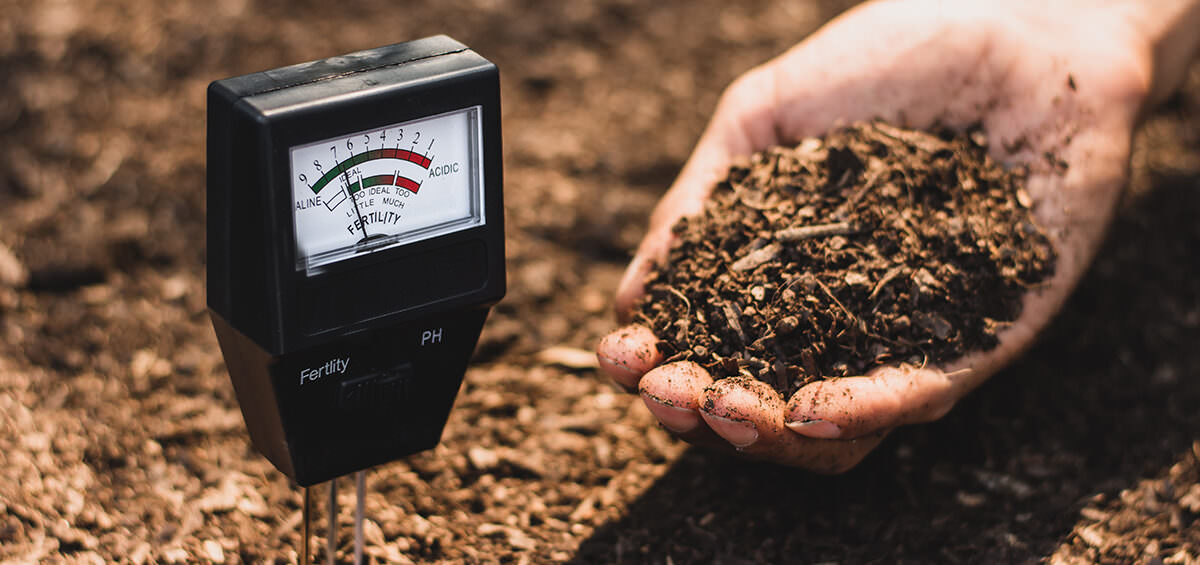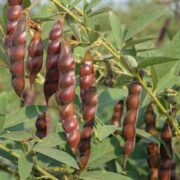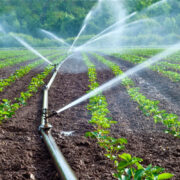Soil Health: To determine the soil health soil condition should be predict . The healthy soil produce the healthy crops that nourish the people and animals.Soils supply the health nutrients,water , oxygen and produce healthy plants.If the soil is healthy it produces quality and quantity of the food.
The soil health is determined by the measuring crop yield, while harvesting.soil health is measured by indicators.Indicators are measured by properties of soil .
Soil health is improved by protecting the crops by crop residues, adding organic matter,crop rotation, proper application of pesticides and tillage equipment, that improve soil health and soil quality.
To know the health of the soil it should be tested .The main of the objective of soil test is to determine the pH of soil, nutrients availability in soil .Based on the soil testing the fertilizer recommendation can be done.
Soil testing was initiated in the county during 1965.The soil testing is testing is inherited by power of soil to supply the nutrients to plants.In india total 3887 laboratories are established.In Haryana there are 65 laboratories are present.The soil testing is most important to the farmers as it help the crop production and health of the soil.
The soil PH scale measured the acidity and alkaline of the soil
Acid soils _0-1(less available for absorption of plants)
Neutral soils _7(soil condition for most plants)
Alkaline soild_8_14(less available for absorption of plants)

Soil Testing
SOIL TESTING PROCUDURE
Collection of the soil sample
First the heterogeneity of the land is minimized by dividing the land into different units.After the soil unit is determined the soil sample should be collected.
To collect soil samples we have to select the land and later mark the different points. ( 4_5) zigzag way in the land based on the land size we have to mark the points .After the marking with the help of tool(shovel) the soil should be dig in the ‘v’ shape manner upto 0-15 cm in all the marked points. The soil should be taken in the polythene bags .After collecting the soil from all the different points it should be mixed and later the soil should be pebbles ,stones,are removed later dryin shade temperature 250⁰c to350⁰c it for 2 days before it sent to laboratory. After 2 days it should be tested in laboratory.
In the laboratory the soil is seived,grinding, mixing and storage is done.
The seiving soil should be 2mm steel seive.
After the testing of soil in the laboratory we can known the about the nutrients. which are less in the soil and based on that we can add the nutrients to the crop.
Conclusion
Based on the testing of soil it is divided into 3 category i.e,low ,medium,high.
The soil test reports major important points
The first part is the result of soil sample.The laborates provide the actual report of the soil and ratings
The second part is the recommendation of fertilizer for the crop based on soil analyses.wheter the crop has the Proper amount of nitrogen(N), phosphate(P2O5) potash(K2O) and gypsum and lime amount.Most of the laboratory report on the optimum quantity of organic matter are recommended.
The third part is the recommendation of fertilitizers based on time of application.
Based on these the soil maps are prepared.
Major points should be know while soil testing.
* The soil test should be done for every 2 years
* Collection the soil sample from field should be done before the crop growth or later crop harvest.
*The soil sampling should not be collected under the shade area because as under the shade areas the nutrients and the microorganisms are present so the availability nutrients will be high.
Also Read: Agricultural Crops Based on the Climate and Seasonal Management









